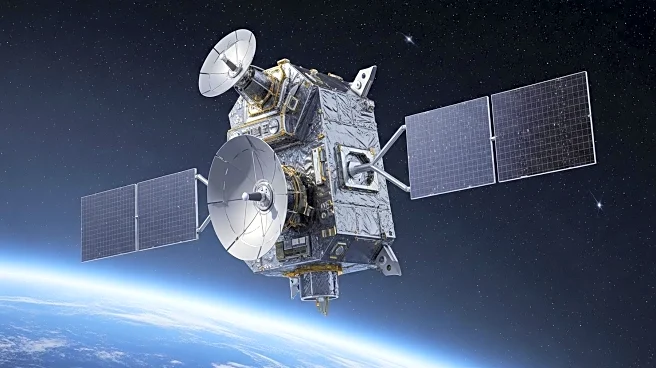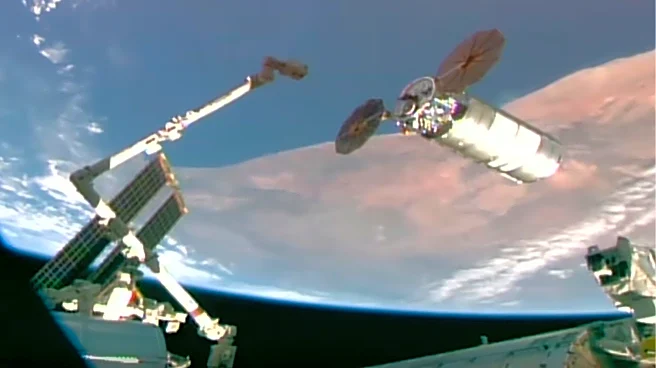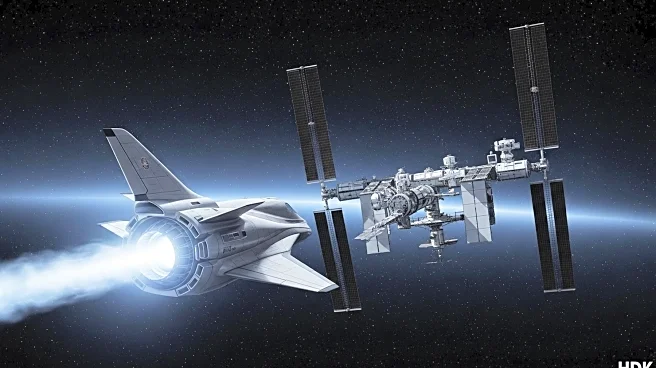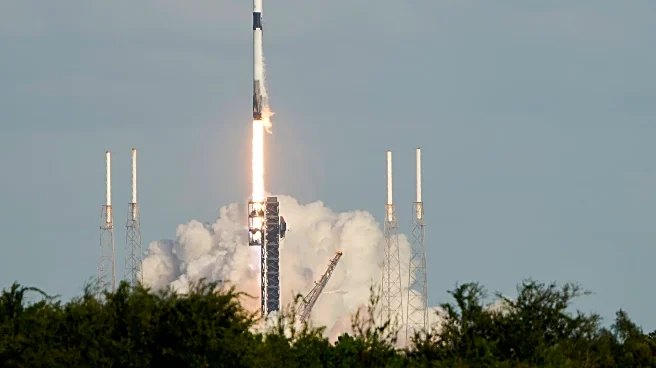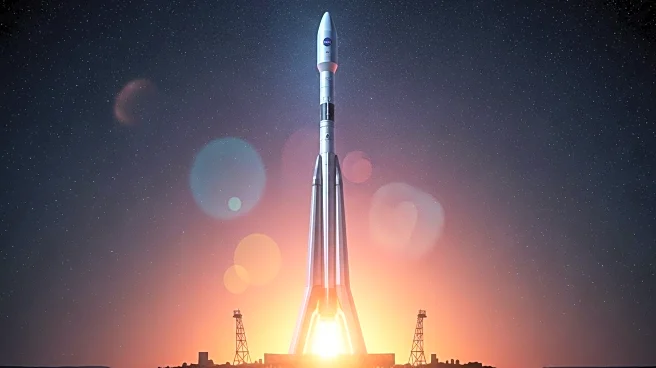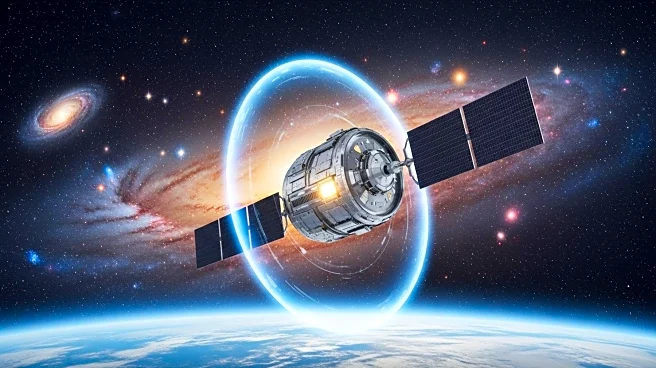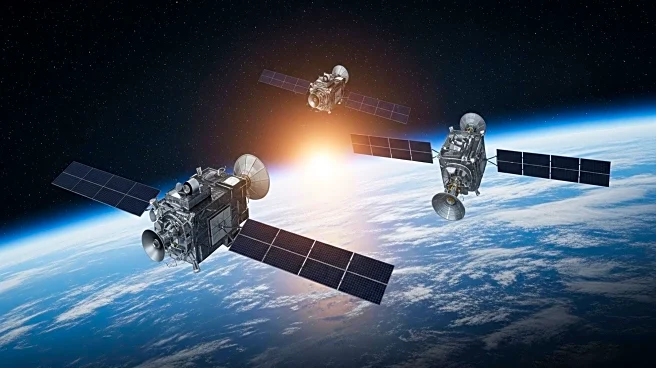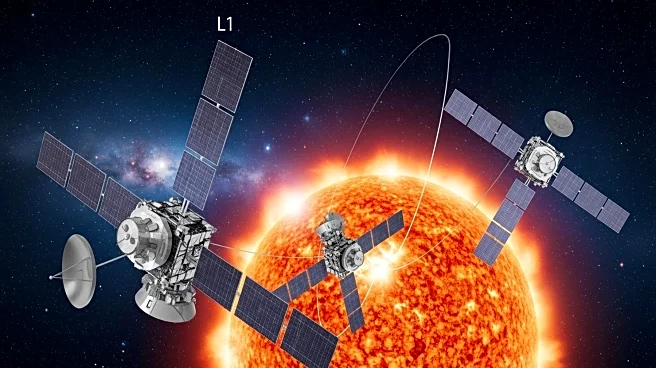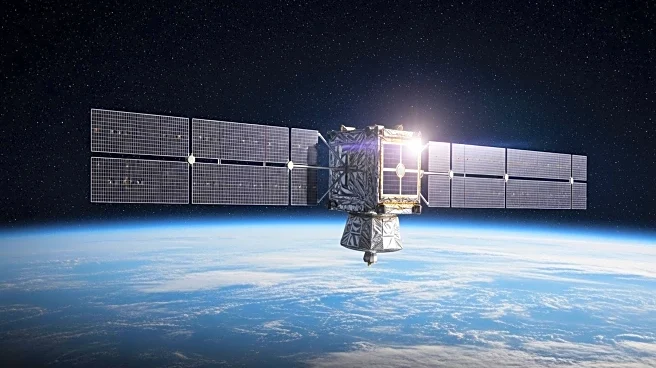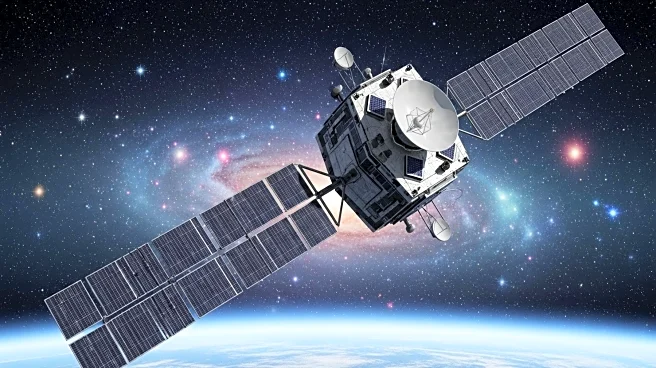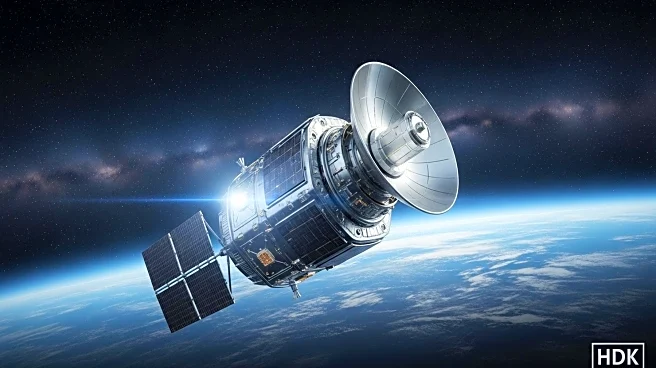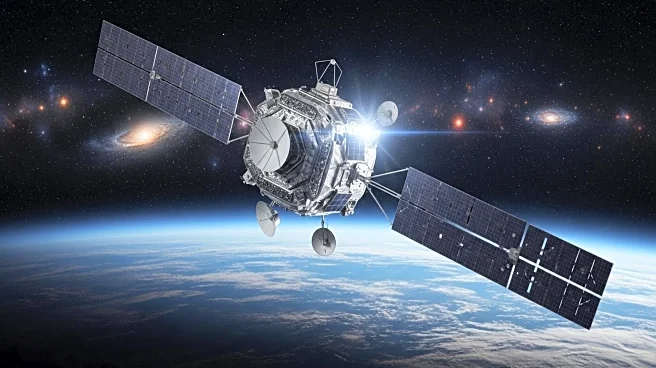What is the story about?
What's Happening?
SpaceX is preparing to launch a Falcon 9 rocket from Kennedy Space Center, Florida, carrying three spacecraft on a mission to study space weather. The primary payload is NASA's Interstellar Mapping and Acceleration Probe (IMAP), which will map the heliosphere's boundaries. Accompanying IMAP are NOAA's Space Weather Follow-On L1 (SWFO-L1) satellite, dedicated to monitoring solar storms, and NASA's Carruthers Geocorona Observatory, which will continuously image Earth's geocorona. This mission aims to enhance understanding of the Sun-Earth environment and provide early warnings for solar storms.
Why It's Important?
The mission is crucial as the Sun approaches its next solar maximum, increasing the risk of geomagnetic disruptions to technology on Earth. By stationing advanced monitors at Lagrange Point 1, NASA and NOAA aim to strengthen Earth's shields against solar activity. The data collected will provide insights into the Sun-Earth environment, helping protect infrastructure and astronauts from solar storms. This mission represents a significant step in understanding space weather and its impact on Earth.
What's Next?
Following the launch, the spacecraft will cruise to Lagrange Point 1, where they will begin their scientific operations. The data collected will be used to improve predictive models of space weather events, aiding in the protection of power grids, communication systems, and space-based infrastructure. The mission is expected to provide early warnings for solar storms, enhancing preparedness for potential disruptions.
Beyond the Headlines
The mission highlights the collaborative efforts between NASA, NOAA, and commercial partners like SpaceX. It underscores the importance of public-private partnerships in advancing space science and technology. The data collected will not only benefit space weather forecasting but also contribute to understanding the heliosphere's interaction with the galaxy, aiding in the search for habitable exoplanets.
AI Generated Content
Do you find this article useful?
